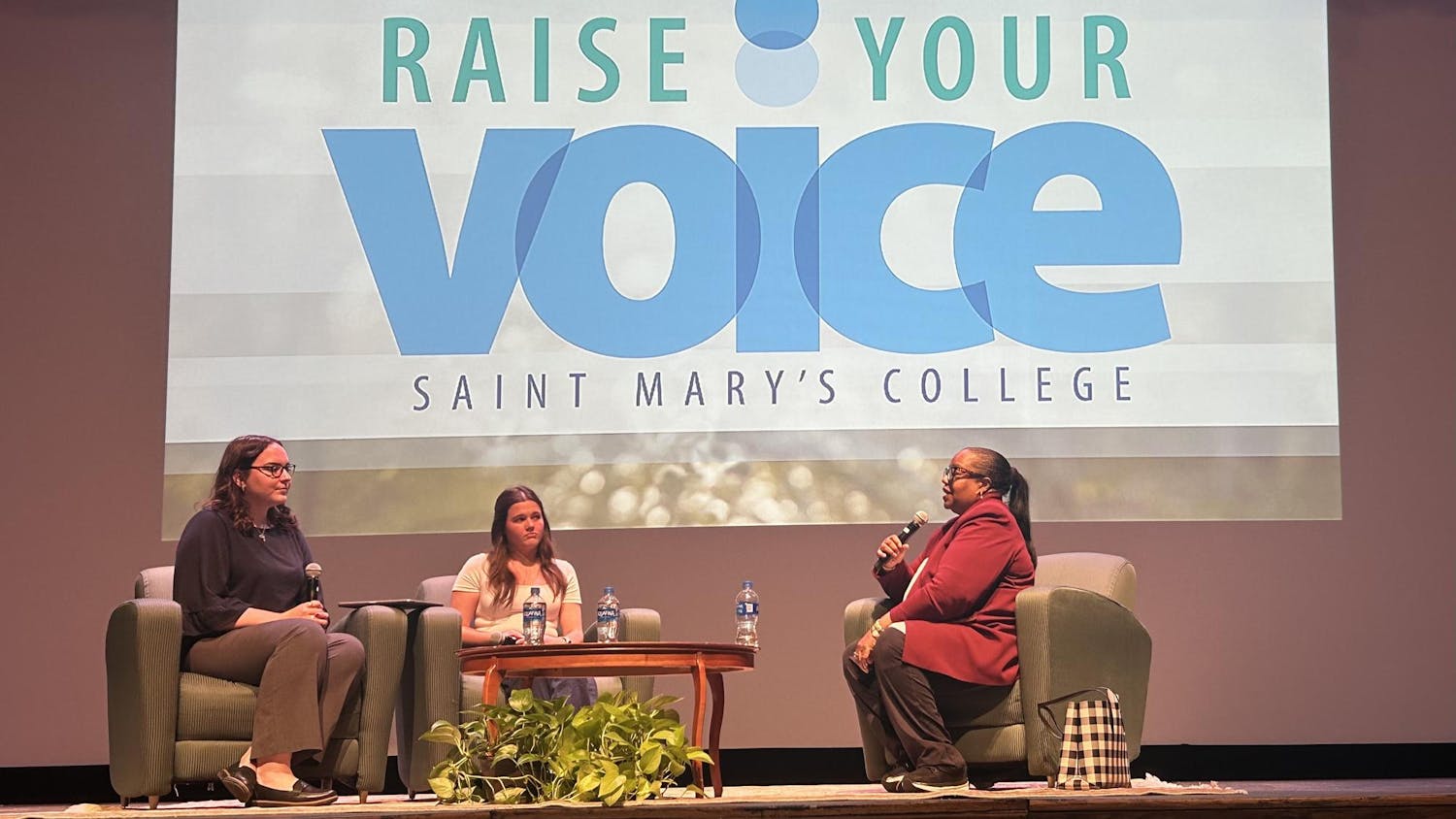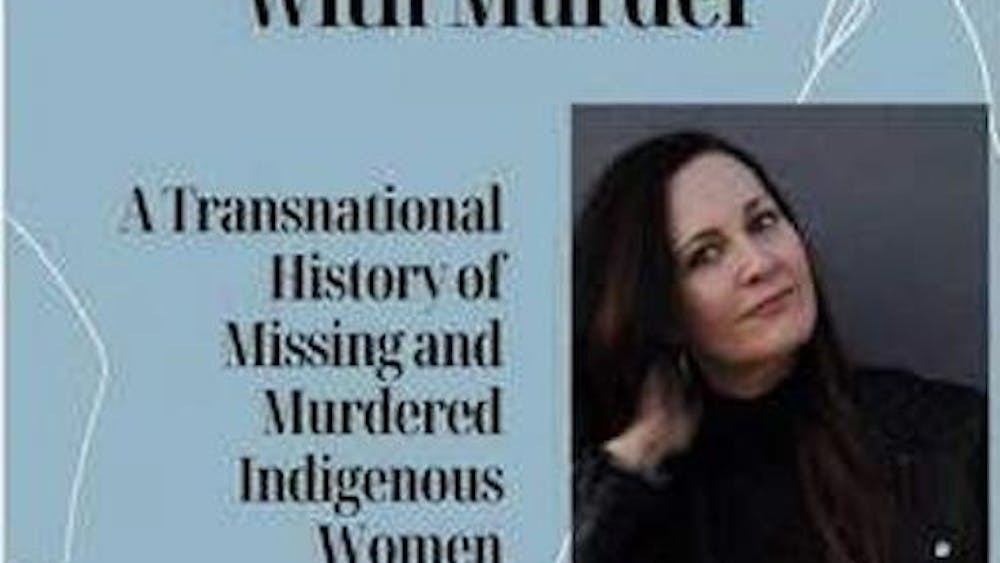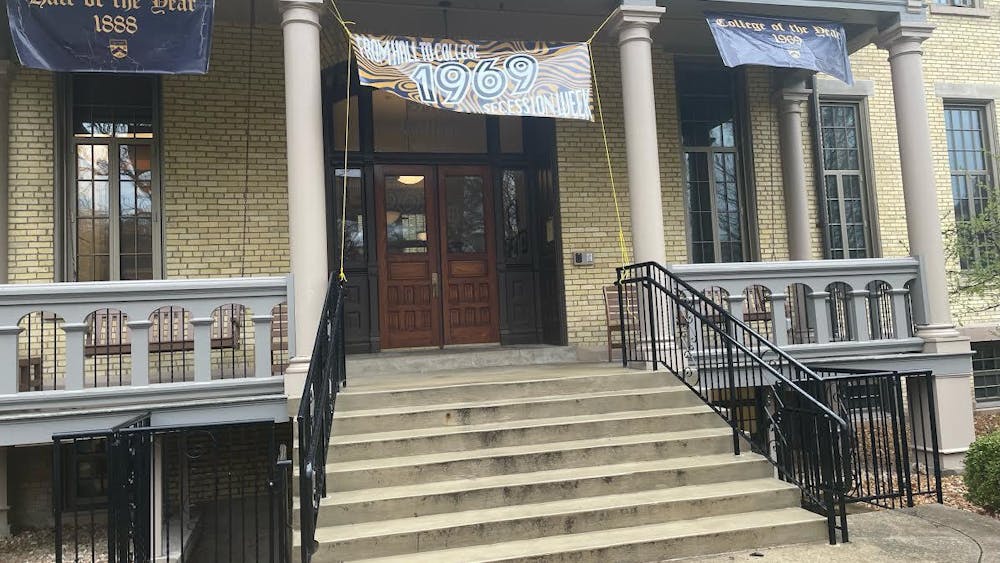Over the past few years, the Division of Student Affairs has sought to draw students and faculty members closer together through their Faculty-in-Residence Program. The program got going in 2013, when accounting professor Ed Hums and his wife, Shirley, moved into Lyons Hall. In 2016, Drs. John and Karen Deak moved into Dunne Hall and became the second married couple currently living in residence.
“I really felt like I would appreciate an opportunity to get to know you guys,” Karen Deak said. “You’re so smart, you’re so driven and I felt like I didn’t know what I think is the best part of the student body here. The undergrads are the heart and soul of this place, and I hadn’t had a great exposure to them until I lived here.”
Karen Deak, formerly a professor of patent law, now works at the Idea Center and teaches part-time. Her husband, John Deak, is a full-time history professor. While he sees plenty of undergrads throughout his day, he said living in residence is a completely new way of interacting with them.
“College was the point when my horizons expanded to as far as I could see,” he said. “It was the first point in my life where I felt like I could go someplace, like my world wasn’t bounded. And living in a dorm, I get to see that replicated hundreds and hundreds of times over. … It can be really beautiful. I wanted to be a part of that.”
Ed Hums and his wife, whom he calls “Saint Shirley,” have been at Notre Dame since the 1970s, where they met at work in the ticket office. In the past 45 years, Ed Hums said, they’ve watched Notre Dame evolve from a small, all-male college into a much larger university.
“What’s happened as it has gotten bigger and the professors have moved out, you pass each other all the time but you don’t really get the relationships with the professors that you did in the old days,” he said.
“And being here, there’s much more opportunity to visit and socialize with everyone rather than working and going home at the end of the day,” Shirley Hums said.
Shirley Hums, who works in the Office of Information Technologies in the Athletics Department, graces the Lyons residents with cookies every week, while both she and Ed Hums attend the Hall Masses every Sunday and Wednesday night. Both the Hums and the Deaks have made it their goal to simply be there for the residents of their halls — not as an intrusive or dominating presence, but as a part of their community. The Hums host a barbecue for Lyons each year, bring friends’ dogs on campus around exam time and organize a speaker series on everything from financial planning to auto mechanics. The Deaks, still relatively new to campus, have organized an etiquette dinner, attend Dunne mass and game watches and open their apartment to the residents of Dunne to stop by and check in.
“This Friday we’re watching ‘Knute Rockne All-American’ and I’m going to bake cookies — small things like that kind of make it feel like home,” Karen Deak said.
For the Deaks, one of the best parts of living in Dunne has been seeing that community develop over the past year.
“The best part, for me, was all of move-in weekend this year — watching people come back and have others saying ‘hey, how are you, good to see you, how was your summer,’ and actually realizing there’s a community here this year in a way that didn’t happen last year,” Karen Deak said.
The Faculty-in-Residence program has the benefit of making faculty members more approachable, John Deak said, as well as the opportunity for professors to gain an understanding of their students’ lives.
“A lot of our first year was explaining to our colleagues how the dorms are actually pretty safe spaces and community is built there, studying happens, the chapel is full on Sundays for Mass,” John Deak said. “My colleagues couldn’t believe it. I brought one colleague in and walked him by the study rooms at 4 in the afternoon and people are studying and he said, ‘I’ll be, I didn’t know our students were this good.’”
The Hums also expressed their wonder at students’ full schedules, and mentioned that they have a somewhat unique perspective in an environment where it is rare to find a permanent resident much older than 30 years old.
“Sometimes you have to talk to somebody with a little grey hair,” Ed Hums said. “We always try to make sure the students are studying healthily and not burning themselves out, just visiting students to gently remind them to take care of themselves.”
Both the Hums and Deaks have found their place in their halls’ communities, and look forward to continuing to build the relationships that make living beside undergrads so rewarding.
“The community know who they are now, and we have a place where we fit,” Karen Deak said.
“Number one mission?” said Ed Hums. “Have fun.”













